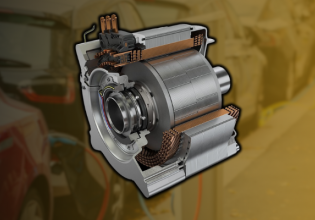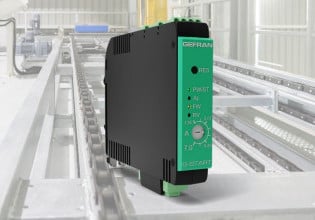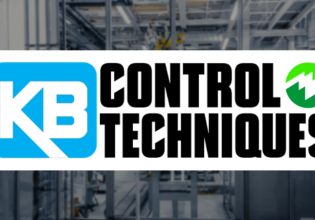From the Factory Floor to the Cincinnati Zoo: A Look at the Latest in 3D Printing
The world of additive manufacturing continues to advance, with UltiMaker launching its latest industrial-grade 3D printer and GE Additive developing a 3D-printed titanium cast for an injured gorilla at the Cincinnati Zoo.
The 3D printer manufacturer UltiMaker announced the release of its end-to-end, industrial-grade 3D printing solution, the UltiMaker Factor 4. The printer features a new high-temperature print core for the printing of high-temperature-tolerant and durable materials such as UltiMaker’s new polyphenylene sulfide (PPS) carbon fiber (CF). In other news, GE Additive has created the “world’s first” 3D-printed titanium cast to help speed up the recovery of an injured gorilla at the Cincinnati Zoo.
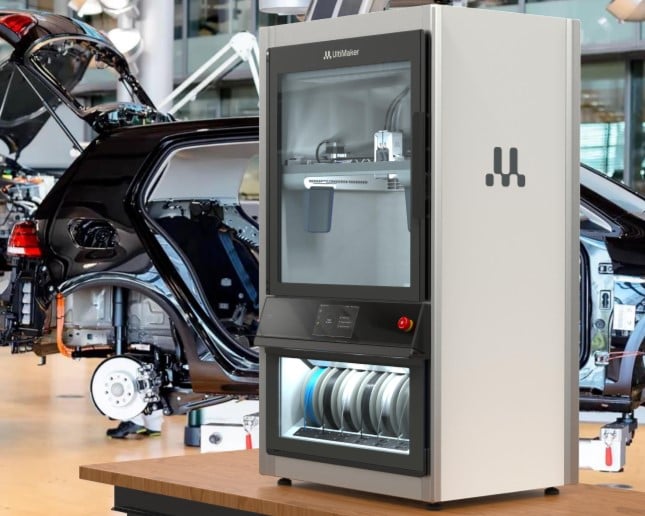
The industrial-grade UltiMaker Factor 4 with high-temperature tolerant and multi-material part creation. Image used courtesy of UltiMaker
The UltiMaker Factor 4 3D Printer
The UltiMaker Factor 4 industrial-grade 3D printer is compatible with major computer-aided design software and features a modular design, which helps engineers perform more rapid maintenance and repair tasks. With the Factor 4, companies can economize on maintained production by cutting down time spent on repairs and touch-ups.
Print files for the Factor 4 can be found on UltiMaker’s latest software release, UltiMaker Cura 5.7.1. The software automatically recognizes associated print materials and cores, including the new UltiMaker PPS CF and the new 0.6 UltiMaker HT print core, for ease of use and efficiency. With the Factor 4, customers also benefit from the output of comprehensive reports for validating parts and ensuring that they meet quality control standards.
The UltiMaker Factor 4 features an H-bridge gantry and a stiff metal frame for speedy and precise printing. Image used courtesy of UltiMaker
Advancing Industrial 3D Printing
The Factor 4 contains a high-efficiency particulate arrestance filter and moderates humidity levels to ensure they remain below 15%. Temperature control is maintained along the build envelope (with a build volume of 330 x 240 x 300 mm), and the material station holds a maximum of six spools of filaments, which can be switched automatically for continuous printing. The printer also incorporates evenly distributed bed heating and moderates chamber airflow so that build volume temperature (up to 70 ℃) matches specific part requirements.
UltiMaker’s Factor 4 printer is designed to accommodate a broader range of industrial-grade materials than its predecessor. These materials include high-temperature composites like UltiMaker’s new PPS CF filament, a thermoplastic bonded with carbon fiber and flexible materials. Thanks to the PPS CF’s flame retardancy and temperature resistance that exceeds 230 ℃, it can be used as a reliable replacement for steel or aluminum, opening up new opportunities for industrial applications.
For printing complex designs, the Factor 4 features a flexible build plate, auto bed leveling, dual extrusion, and a triple-insulated build volume. Its sophisticated H-bridge gantry, robust metal frame, and direct drive head enable speedy dual-material printing.
From industrial to ‘gorilla-grade’: GE Additive provides injured gorilla Gladys with a 3D-printed titanium cast. Video used courtesy of The Cincinnati Zoo & Botanical Garden
A 3D-printed Titanium Cast
At the Cincinnati Zoo, 11-year-old Gladys the gorilla got into a scuffle with two other female gorillas, fracturing her humorous bone (one of the larger bones comprising the arm). Gladys underwent surgery and was fitted with a standard cast.
Following Gladys’s surgery, the Cincinnati Zoo worked with GE Additive to develop a cast that would be gorilla-proof. They scanned the original cast used to stabilize Gladys’s arm and 3D-printed a titanium cast that would better withstand gorilla strength. The cast took 65 hours to print and was sent to the zoo in less than a week’s time. GE Additive’s Advanced Lead Engineer, Shannon Morman, highlighted the benefits of 3D printing in enabling fast turnaround times for time-sensitive scenarios.
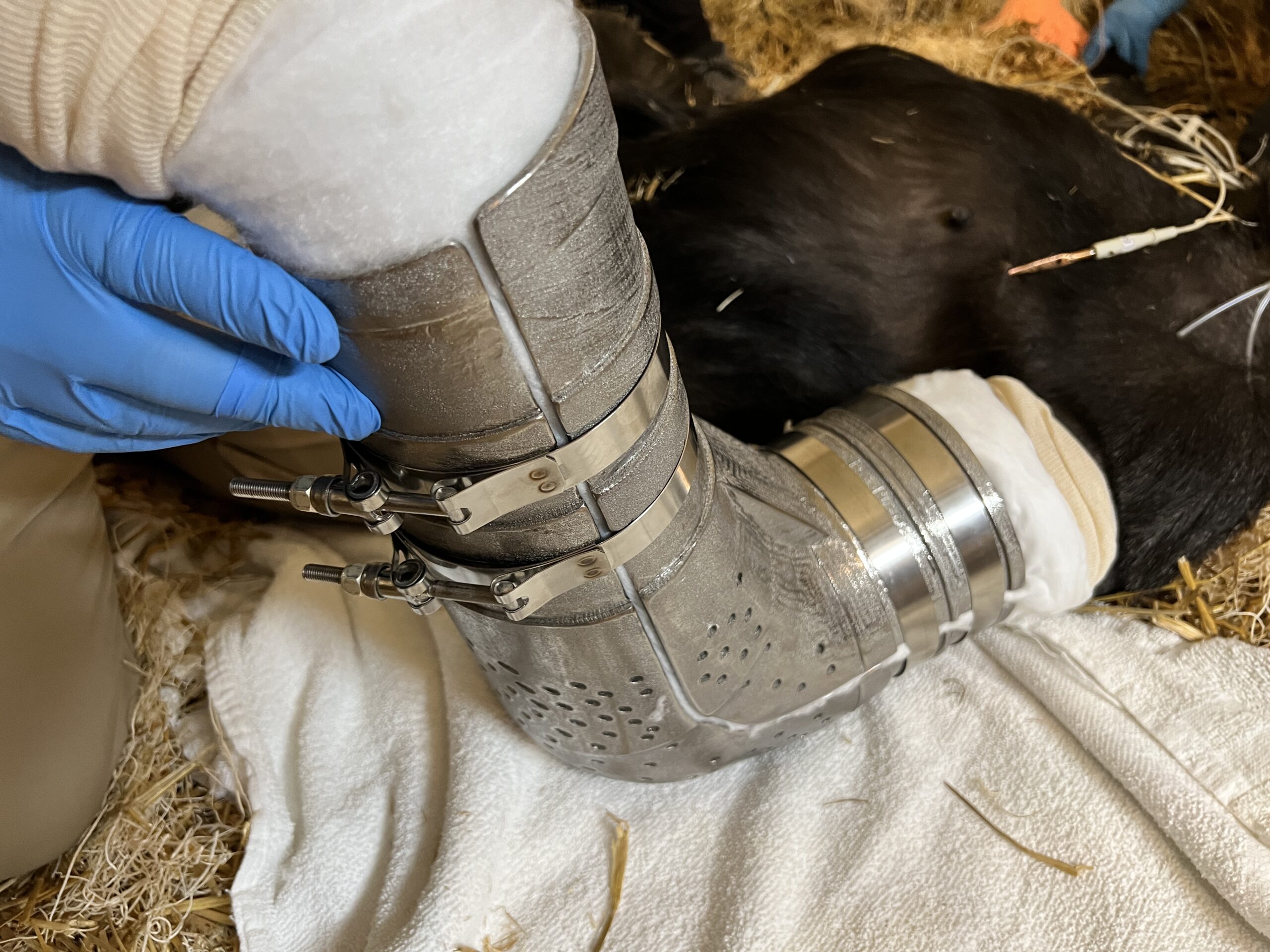
Gladys being fitted with GE’s gorilla-proof 3D-printed titanium cast. Image used courtesy of Cincinnati Zoo
The 3D-printed titanium cast was around eight pounds heavier than the one that Gladys was originally fitted with, but the zoo vets assured that the heavier weight would be fine for gorillas like Gladys, whose arms are extremely strong. For her recovery, Gladys remains behind the scenes at Cincinnati Zoo, and the cast will be removed after four weeks. In the meantime, Gladys will stay close to her fellow troop mates but will not physically share a space with them until the cast is removed.


